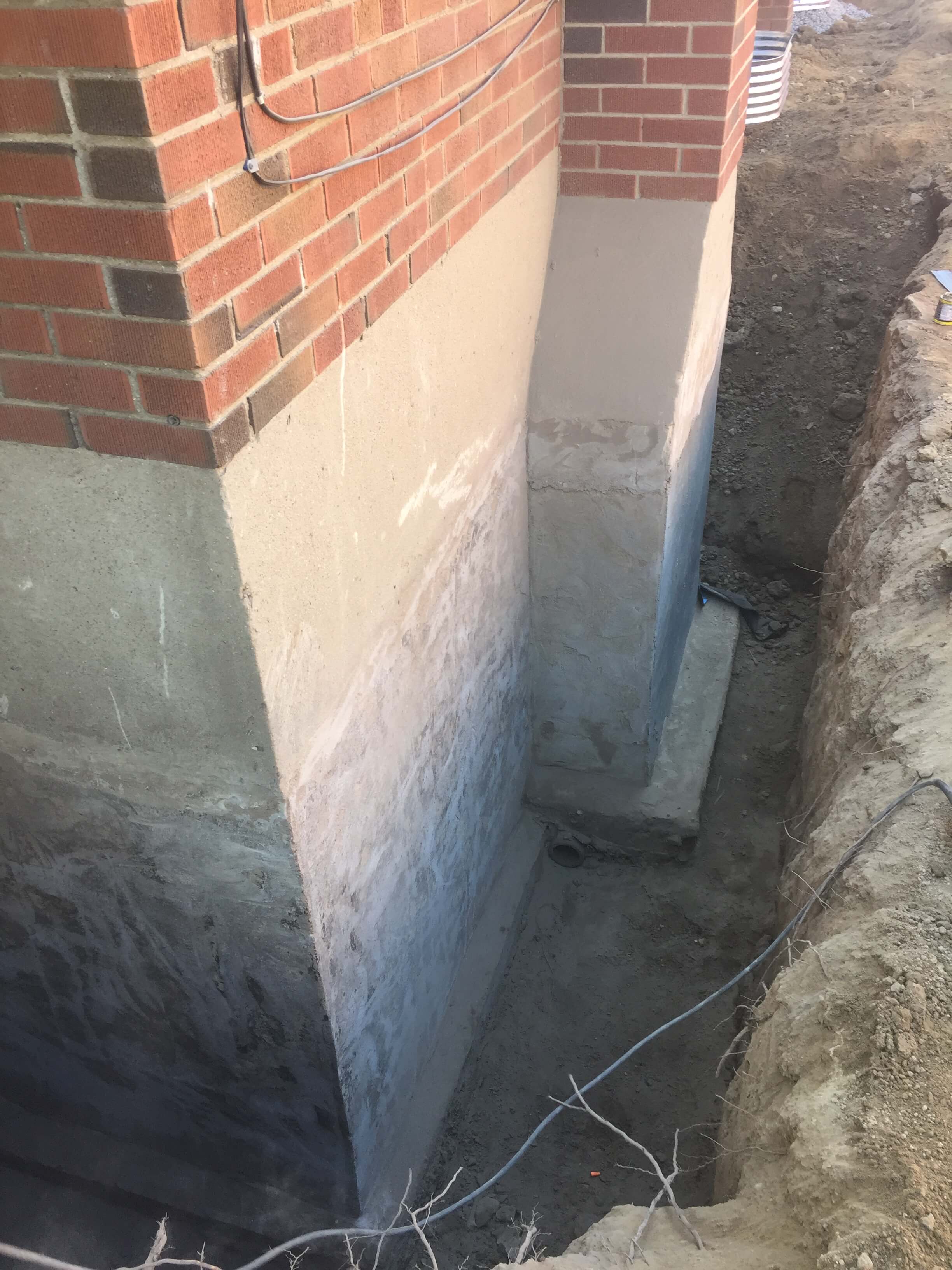Best Sealing Techniques for Ceilings
Water proofing is an crucial aspect of any building that is typically neglected until it’s too late. Proper waterproofing protects your property by preventing water damage, which can lead to costly repairs and potential health risks due to mold growth and fungus. Whether it's the roofing, base, or lower level, understanding the best waterproofing practices can save you a lot of money and ensure a safe living space.
As we explore the ultimate guide to waterproofing, we'll look into the various options available, debunk common myths, and highlight crucial indicators that point to your property may need immediate attention. From waterproofing flat roofs to basement solutions, we'll discuss everything you must be aware of to effectively defend your home against water damage. With our guidance, you can choose wisely and choose the right approach for your specific needs.

Key Water sealing Approaches
One of the most reliable approaches for waterproofing roofs is the use of membrane systems. These technologies can be made from compositions such as polyvinyl chloride, TPO, or ethylene propylene diene monomer rubber. They create a continuous barrier that prevents water infiltration and can easily be applied on level or low-slope roofs. Additionally, these solutions come with various warranties and can last for many years when adequately maintained, making them a economical choice.
Another popular method involves applying liquid waterproofing treatments. These treatments are put straight to the roof surface and can provide a strong protective layer against water damage. Aluneed basement waterproofing are particularly adequate for uneven surfaces and intricate roof shapes. Liquid applications can also offer ultraviolet protection and help maintain energy conservation in buildings by repelling sunlight and lowering cooling costs.
Lastly, roof closure is a critical waterproofing method that involves the application of a sealant to seams, joints, and penetrations where water can enter. This method is particularly significant for roofs with many features, such as flues or exhausts. Regular overhaul and reapplication of sealants can significantly extend the life of a roof and ensure that it remains sealed, protecting your asset and reducing the need for costly repairs down the line.
DIY vs. Professional Waterproofing
When considering waterproofing for your residence, one of the first determinations you need to make is whether to tackle the project yourself or engage a professional. DIY waterproofing can be a budget-friendly option, allowing homeowners to save on the cost of labor. There are many products accessible for DIY enthusiasts, from sealants to films, which can be utilized with relative ease. However, efficient Do-It-Yourself waterproofing requires a strong understanding of the materials and techniques necessary, as well as proper planning to ensure long-term effectiveness.
On the other hand, expert waterproofing services come with the expertise and experience essential to address even the most complex situations. Professionals have access to proprietary equipment and premium materials that may not be readily available to the average homeowner. They can conduct thorough assessments of your property to detect vulnerabilities and apply holistic solutions that minimize the risk of water damage. While this option incurs greater up-front costs, it can ultimately be cost-effective by preventing future repairs due to faulty installation.
Ultimately, the choice between Do-It-Yourself and expert waterproofing depends on your expertise, financial situation, and the complexity of the project. If you feel assured in your abilities and have a limited area to waterproof, a Do-It-Yourself approach might be fitting. However, for more extensive projects or areas with significant water exposure, engaging a specialist can ensure that the job is done right, protecting your investment and providing peace of mind.
Cost of Ignoring Waterproofing
Neglecting waterproofing in your building can lead to major financial consequences. Water damage often shows up in the form of fungal growth, damaged structural integrity, and damaged materials, all of which can be expensive to fix. Homeowners who disregard preliminary signs of water intrusion may find themselves dealing with extensive renovation projects, which can drain their savings and cause disturbances in their daily lives. The financial burden of fixing water-related issues typically greatly surpasses the cost in proper waterproofing solutions.
Moreover, ignoring waterproofing can have a long-term impact on property value. Water damage can lead to diminished appraisal values and make the property more difficult to sell to potential buyers. Most likely homeowners carry out comprehensive inspections before purchasing, and the discovery of water damage can discourage buyers or reduce their offers markedly. In many cases, properties with a track record of leaks or water damage remain on the market longer – a circumstance that leads to lost opportunities and financial losses for sellers.
Ultimately, the emotional toll should not be ignored. Dealing with water damage can be incredibly stressful. It frequently requires rapid decisions when it comes to repairs and can disrupt the day-to-day lives of those affected. Choosing for waterproofing as a preventive measure can provide calm and help avoid the turmoil associated with managing water damage down the line. Investing in waterproofing today ensures a safer living environment for years to come.